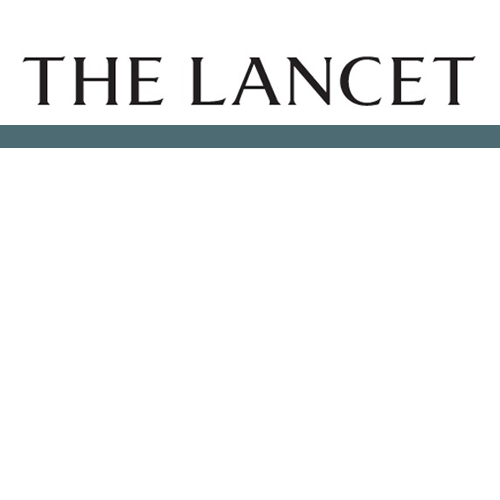Summary
Background
The past two decades have seen expansion of childhood vaccination programmes in low-income and middle-income countries (LMICs). We quantify the health impact of these programmes by estimating the deaths and disability-adjusted life-years (DALYs) averted by vaccination against ten pathogens in 98 LMICs between 2000 and 2030.
Methods
16 independent research groups provided model-based disease burden estimates under a range of vaccination coverage scenarios for ten pathogens: hepatitis B virus, Haemophilus influenzae type B, human papillomavirus, Japanese encephalitis, measles, Neisseria meningitidis serogroup A, Streptococcus pneumoniae, rotavirus, rubella, and yellow fever. Using standardised demographic data and vaccine coverage, the impact of vaccination programmes was determined by comparing model estimates from a no-vaccination counterfactual scenario with those from a reported and projected vaccination scenario. We present deaths and DALYs averted between 2000 and 2030 by calendar year and by annual birth cohort.
Findings
We estimate that vaccination of the ten selected pathogens will have averted 69 million (95% credible interval 52–88) deaths between 2000 and 2030, of which 37 million (30–48) were averted between 2000 and 2019. From 2000 to 2019, this represents a 45% (36–58) reduction in deaths compared with the counterfactual scenario of no vaccination. Most of this impact is concentrated in a reduction in mortality among children younger than 5 years (57% reduction [52–66]), most notably from measles. Over the lifetime of birth cohorts born between 2000 and 2030, we predict that 120 million (93–150) deaths will be averted by vaccination, of which 58 million (39–76) are due to measles vaccination and 38 million (25–52) are due to hepatitis B vaccination. We estimate that increases in vaccine coverage and introductions of additional vaccines will result in a 72% (59–81) reduction in lifetime mortality in the 2019 birth cohort.
Interpretation
Increases in vaccine coverage and the introduction of new vaccines into LMICs have had a major impact in reducing mortality. These public health gains are predicted to increase in coming decades if progress in increasing coverage is sustained.

